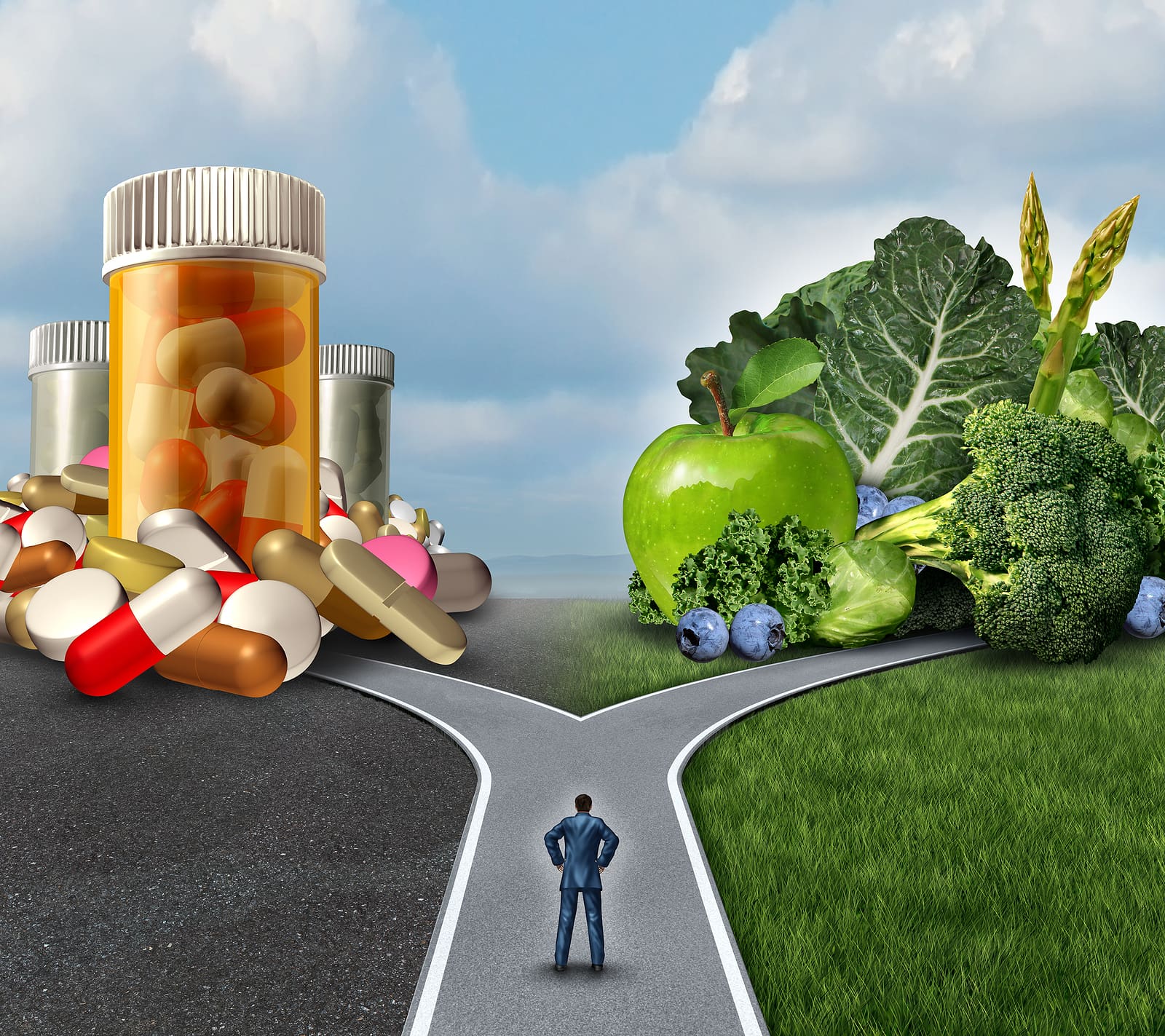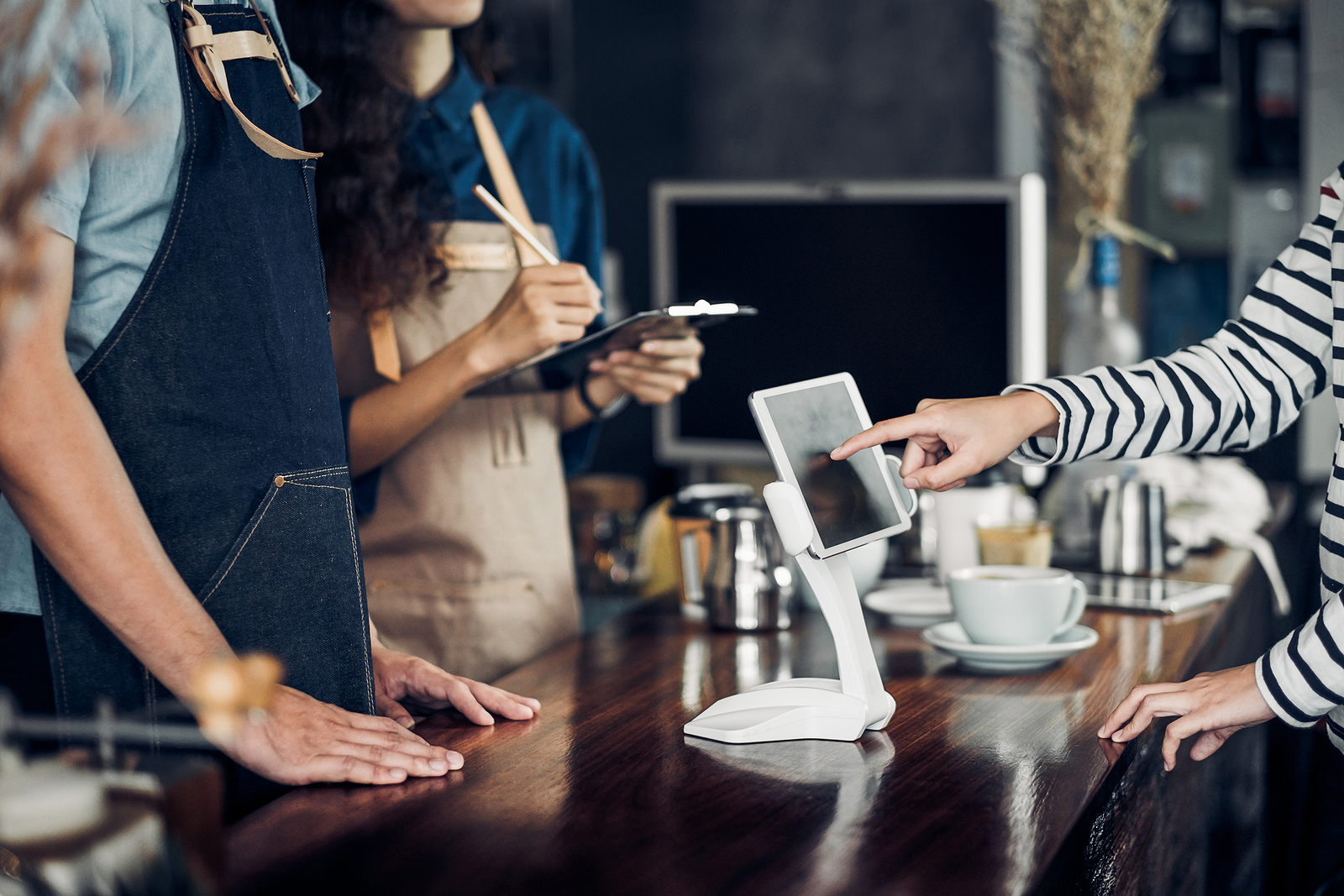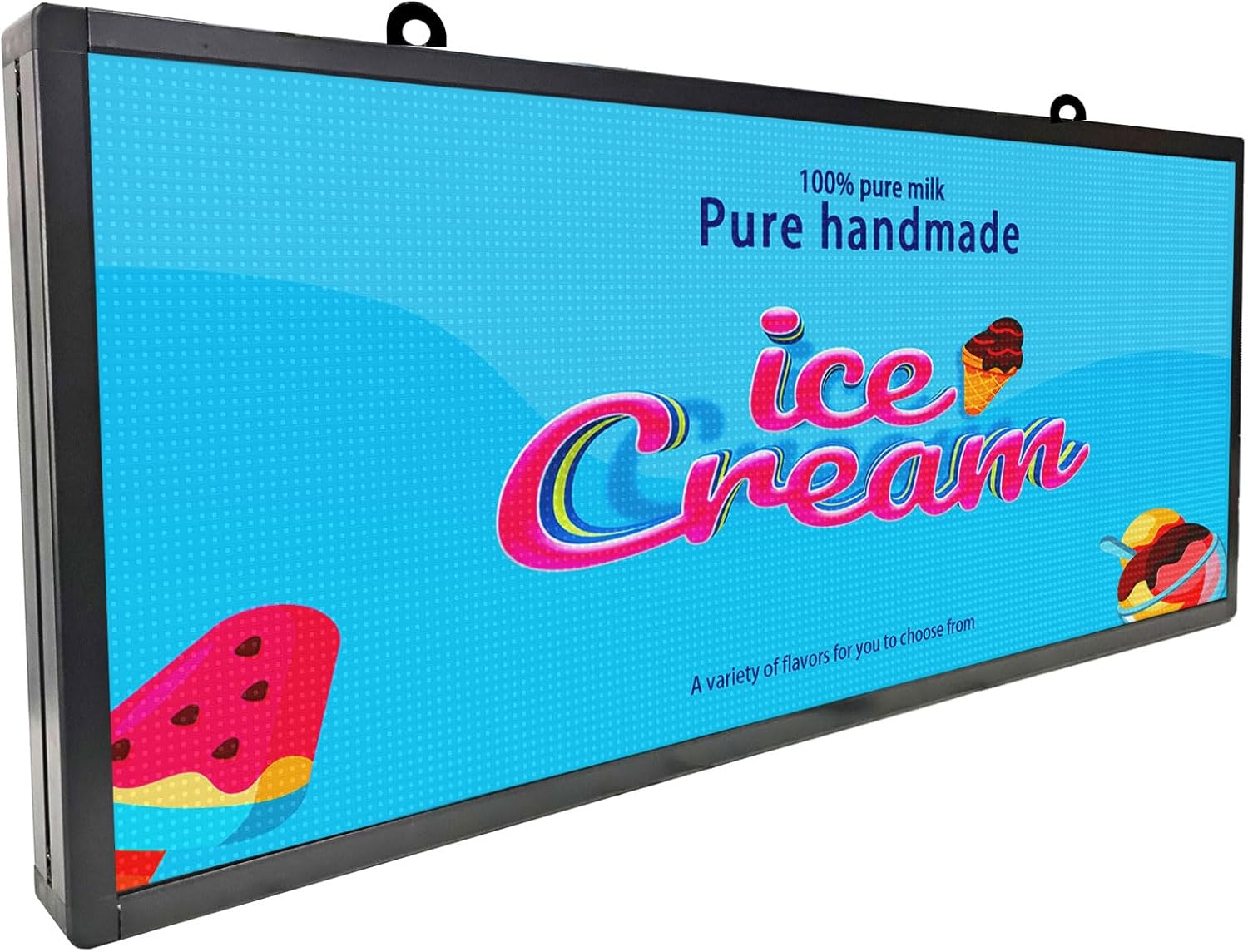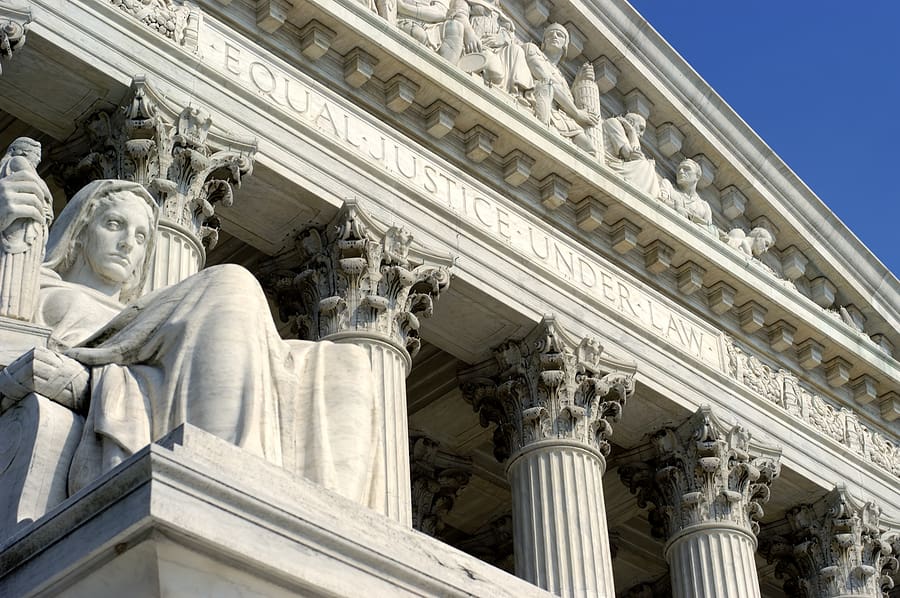Natural and Safe Ways to Lower Blood Pressure and Glucose Levels: What the Public Needs to Know
A Health Awareness Report for STL.News
(STL.News) Maintaining healthy blood pressure and stable glucose levels has become increasingly crucial for millions of Americans. Chronic stress, poor diet, lack of exercise, and rising obesity rates have contributed to a nationwide increase in hypertension and elevated blood sugar. While medication is often necessary for those with concerning or persistent readings, many people can make significant improvements through natural, safe, and lifestyle-based methods.
Public health experts frequently emphasize that small daily choices—what we eat, how we move, and how we handle stress—play a significant role in long-term wellness. For individuals seeking practical ways to help their bodies function more efficiently, certain non-medical strategies have consistently shown promise. This STL.News health awareness report breaks down these methods in depth, explaining how each can be incorporated into everyday life.
Understanding the Connection Between Blood Pressure and Glucose
Blood pressure and blood glucose operate differently, but the lifestyle habits that influence one often influence the other. High blood pressure places stress on the heart and arteries, while elevated glucose can damage organs, nerves, and blood vessels. Together, they create a dangerous combination that significantly increases the risk of long-term health complications.
Fortunately, many natural approaches support both systems simultaneously. Approaches such as reducing sodium intake, improving sleep, lowering stress, and staying physically active have broad effects throughout the body. These methods do not replace medical care when needed, but they can support metabolic health in meaningful ways.
Lowering Blood Pressure Naturally
Reducing Sodium Intake
One of the most widely recommended ways to lower blood pressure is to decrease sodium consumption. Salt causes the body to retain water, which increases blood volume in the vessels and raises pressure on arterial walls. For many people, the issue isn’t the salt they add at the dinner table—it is the salt hidden in processed food.
Frozen meals, deli meats, canned soups, snack foods, packaged sauces, and fast food all tend to contain significantly higher sodium levels than homemade meals. Preparing more meals at home using whole ingredients allows individuals to control how much salt goes into their food. Lowering sodium intake can result in measurable improvements within weeks for many people.
Increasing Potassium-Rich Foods
Potassium helps the body balance sodium levels and relax blood vessel walls, making it a key nutrient for supporting blood pressure. Foods naturally rich in potassium include bananas, avocados, spinach, yogurt, beans, oranges, and sweet potatoes. Incorporating at least one potassium-rich food into each meal can help the body regulate fluid balance more easily.
Most individuals in the United States consume far less potassium than recommended. By shifting toward whole foods and reducing reliance on processed products, people often experience improved nutrient balance that supports healthier readings.
Maintaining a Healthy Body Weight
Even modest weight loss, such as 5 to 10 pounds, can lead to lower blood pressure. Excess weight forces the heart to work harder to pump blood throughout the body. Fat around the abdomen, in particular, is associated with a higher risk of developing hypertension.
Regular physical activity, combined with a balanced diet, helps the body regulate weight more effectively. Importantly, individuals do not need to strive for dramatic transformations. Slow, steady, sustainable weight loss produces more reliable long-term results than extreme dieting.
Regular Physical Activity
Exercise is among the most potent natural tools available for lowering blood pressure. Moving the body increases circulation, strengthens the heart, improves blood vessel flexibility, and reduces stress hormone levels. Even a daily brisk walk can make a noticeable difference.
Public health recommendations typically encourage at least 150 minutes of moderate activity per week. Activities such as walking, cycling, water aerobics, and light jogging are accessible to most people. Strength training also supports healthier metabolic function and improves overall cardiovascular fitness.
Limiting Alcohol Intake
Alcohol affects blood pressure in multiple ways, including dehydration, increased heart rate, and disrupted sleep. Heavy drinking is strongly linked to hypertension. Reducing intake—or eliminating alcohol – can help stabilize both blood pressure and blood sugar levels.
For those who choose to drink, moderation is key. Spreading out alcohol consumption over the week rather than binge drinking also helps minimize its impact.
Stress Management Techniques
Stress is often overlooked, yet it plays a significant role in raising blood pressure. When the body is under stress, it releases hormones that temporarily raise arterial pressure. Over time, constant stress can cause ongoing hypertension.
Simple daily practices can help reduce tension:
- Deep breathing exercises
- Meditation or mindfulness
- Quiet walks outdoors
- Gentle stretching or yoga
- Listening to calming music
Managing stress effectively can improve both emotional well-being and physical health.
Magnesium for Vascular Relaxation
Magnesium helps relax blood vessels, making it a valuable mineral for supporting blood pressure. Many individuals do not consume enough magnesium through their diets. Foods high in magnesium include nuts, seeds, dark leafy vegetables, and whole grains.
Because magnesium also plays a role in glucose metabolism, it benefits both systems.
Improving Sleep Habits
Poor or insufficient sleep contributes to higher blood pressure. When the body is not at rest, hormones that regulate blood pressure are disrupted. Most adults need between seven and nine hours of high-quality sleep each night.
Small changes such as maintaining a consistent bedtime, reducing caffeine after noon, limiting screen use before bed, and creating a dark, cool sleep environment can significantly improve sleep quality.
Lowering Glucose Levels Naturally
Reducing Refined Carbohydrates
Refined carbohydrates—such as white bread, pastries, candy, pasta, and sugary drinks—break down rapidly into glucose. This causes sudden spikes that force the body to produce more insulin. Over time, these spikes may contribute to unstable sugar levels.
Replacing refined carbohydrates with whole grains, vegetables, beans, nuts, and lean proteins helps stabilize energy levels throughout the day.
Increasing Fiber Intake
Fiber slows the digestion and absorption of carbohydrates. This means glucose enters the bloodstream more gradually, reducing spikes. Foods high in fiber include fruits, vegetables, beans, lentils, nuts, seeds, and whole grains.
Aiming for 25–35 grams of fiber daily can improve both glucose stability and digestive health.
Staying Hydrated
Water helps the kidneys flush excess glucose from the body. Even mild dehydration raises blood glucose levels. Drinking 6–8 cups of water per day is a simple habit that supports healthier levels.
Apple Cider Vinegar Before Meals
Some people use a small amount of diluted apple cider vinegar before meals to help stabilize blood sugar levels. Although results vary, many find that it reduces post-meal glucose spikes. Individuals should always dilute vinegar to avoid stomach irritation.
Post-Meal Physical Activity
One of the most effective natural methods for lowering glucose is taking a short walk after eating. Even 10–20 minutes of light walking helps the muscles absorb glucose more effectively. This approach is often easier for individuals than long workouts and can be integrated into daily routines.
Choosing Low-Glycemic Foods
Foods that digest slowly, such as berries, nuts, whole grains, and leafy greens, help maintain steady glucose levels. Combining proteins and healthy fats with carbohydrates also helps prevent rapid spikes.
Herbal Supplements Sometimes Used for Support
While supplements should never replace medical treatment, some individuals use herbal products to support wellness. Garlic extract, hibiscus tea, cinnamon, berberine, and alpha-lipoic acid are among the commonly used ingredients. Anyone considering supplements should consult a medical professional to avoid interactions or complications.
Building a Lifestyle That Supports Long-Term Health
Improving blood pressure and glucose is not about a single change or trendy remedy—it is about creating a balanced, sustainable lifestyle. Eating whole foods, staying physically active, managing stress, and getting enough sleep all contribute to healthier readings over time.
For many individuals, these natural approaches can play a significant role in improving overall well-being. However, it is essential to recognize that lifestyle adjustments cannot replace medical evaluation. Anyone experiencing consistently high readings should consult a qualified physician.
Final Thoughts
Natural methods for lowering blood pressure and glucose levels remain an essential part of public health education. With chronic conditions affecting millions, accessible wellness strategies offer a practical starting point for individuals seeking to improve their health.
The message is clear: small, consistent changes can produce powerful long-term results. While no single approach works for everyone, adopting healthier habits often leads to noticeable improvements and a stronger foundation for lifelong wellness.
Other health related article published on STL.News:
Disclaimer: STL.News, its writers, and its editors are not physicians, medical professionals, or licensed healthcare providers. The following article is not medical advice and should not be treated as such. The information presented here reflects publicly known wellness practices widely recognized for their potential to support better health. Always consult a licensed healthcare provider for personal medical concerns.
© 2025 STL.News/St. Louis Media, LLC. All Rights Reserved. Content may not be republished or redistributed without express written approval. Portions or all of our content may have been created with the assistance of AI technologies, like Gemini or ChatGPT, and are reviewed by our human editorial team. For the latest news, head to STL.News.
Read More at www.stl.news





















